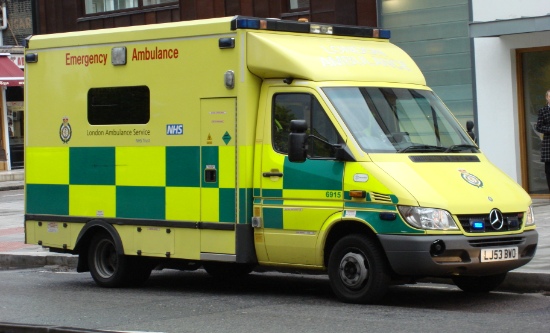
There are fewer health care workers per head of population now in Britain than in almost every comparable country in the OECD, and with the continual reduction of state welfare, life expectancy has plateaued since 2009. The NHS is short of almost 154,000 staff, with retention let alone recruitment increasingly difficult. An internal document linked to the workforce plan being developed by NHS England says that with no action, the staffing shortfall could reach 571,000 by 2036, warning that in the next 15 years the NHS in England may have 28,000 fewer GPs and 44,000 fewer community nurses, and a substantial shortage of paramedics.
Since February 2022, the NHS has lost 574 GPs, leaving Britain now with the equivalent of 2,059 fewer fully-qualified full-time GPs compared to 2015, the year that the government pledged to increase GP numbers by 5,000. Just before the May local elections, the government capped the number of medical training places at 7,500 per year, despite twice that number needed to address the shortfall. Meanwhile, NHS England has told local trusts that they are not allowed to increase their staffing levels in the next year, the priority being to make required savings.
Annual real-term funding for the NHS needs to increase by around 4% a year to maintain services. The government settlement for 2023/24 and 2024/25 is a mere 1.2% for each year in real terms, well below the average in the decade preceding the pandemic (2%), and far below the average of 3.6% since the NHS was founded in 1948. There is approximately £10bn in maintenance spending needed on infrastructure, with hospitals subject to roof collapses and regular flooding, while many of the Integrated Care Boards, responsible for developing the plans and budgeting for the needs of their local population, are in debt. Now even the fictional programme of ‘40 new hospitals’ pledged by former Prime Minister Boris Johnson in October 2020 for completion by 2030 – fictional because only five were actually new builds, and two were anyway already under construction – is being cut back.
Globally there is a shortage of health care staff. By 2030, the estimate is a shortfall of 15 million health care workers, a fifth of the workforce needed. Yet whatever it says, the government’s intention is to recruit as many medical workers as possible from overseas: the figures show that one in eight are coming from abroad. Almost 12,000 internationally-educated professionals joined the Nursing Midwifery Council (NMC) between March and September 2022, only slightly fewer than the number of British-trained recruits. This is 4.9% more than last year and four times more than five years ago. The number of British-educated nurses joining the NMC in that period has dropped compared to the previous year.
A Royal College of Nursing investigation revealed that entrants to the NMC this year included a ten-fold increase in nurses from countries the government says it should not be recruiting from – Britain is recruiting from 14 countries on a Red List of the 47 most short-staffed, underdeveloped countries, up from 417 nurses in 2019 to 4,272 in 2022, exacerbating the workforce shortages in these poorer nations and putting their health care systems at risk. 24% of all NHS staff and 42% of doctors are now from ethnic minority backgrounds. The proportion of registered nurses, midwives and the newer group of nursing associates from Black, Asian and minority ethnic backgrounds in the NHS was 26% in November 2022, seven percentage points higher than five years ago. A recent survey of ethnic minority NHS leaders found that 51% said that they had wanted to leave due to racial harassment.
Maternity services– reflecting a racist system
The National Maternity Review, Better Births, Improving outcomes of maternity services in England, a five year forward view for maternity care, reports that £560m is spent every year in compensation for negligence during maternity care. Britain is 18th in the OECD tables for quality of maternal services and ninth for the number of midwives per 1,000 births. In 2017, the government said the aim was to reduce the number of stillbirth, neonatal and maternal deaths and neonatal brain injuries by 50% by 2025. There has been little progress on reducing rates of maternal deaths. Black women have consistently been at higher risk since ethnicity data has been included in confidential enquiry reports from 2000 onwards. The 2022 report showed that black women were 3.7 times more likely to die in childbirth than white women. One in nine women who died during or up to a year after pregnancy in Britain were at severe disadvantage, and women living in the most deprived areas and conditions have the highest maternal mortality rates. A higher proportion of babies from Black families are born in the more deprived areas. The report says that improved care may have made a difference for 38% of women who died.
The House of Commons Committee report on Black Maternal Health 2022-23 looked at the disparity in maternal deaths and included ignorance, bias, racism and deprivation among the causes. The 2022 Ockenden report into Shrewsbury and Telford maternity services argues that the government needs to increase the annual budget for maternity services overall by £200-350m for the next financial year. Without a fully staffed and properly funded service, these inequalities cannot even begin to be addressed.
Hannah Caller




